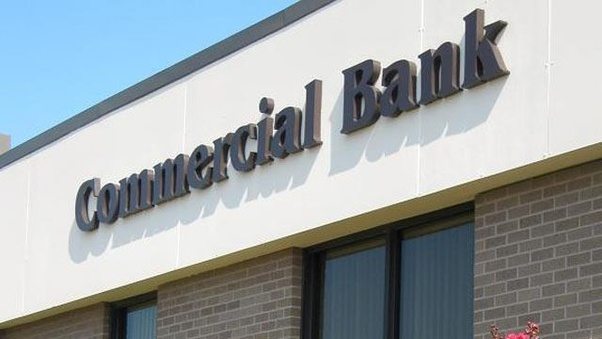Whatever related to money, it means business. This is certainly what banks do. Like any other business, banks need to make money and they do this in a number of different ways. There are three main ways banks make money: by charging fees for services they provide, by charging interest on money that they lend, and by trading financial instruments in the financial markets.

www.quora.com
A commercial bank is a banking institution that offers a broad array of products and services to the general public, including individuals and businesses. Most common practice, commercial banks accept deposits and pay customers interest on CDs, savings accounts and some checking accounts. They charge a certain amount of money for providing these services. Furthermore, the customer deposits, such as checking accounts, savings accounts, money market accounts and certificates of deposits (CDs), provide banks with the capital to make loans. They provide loans, including mortgages, auto loans, personal loans and lines of credit. By providing loans, they earn interest income from those loans.
Customers who deposit money into these accounts effectively lend money to the bank and are paid interest. The amount of money earned by a commercial bank is determined by the spread between the interest it pays on deposits and the interest it earns on loans. The interest rate paid by the bank on money they borrow is less than the rate charged on money they lend. The spread between the two rates, known as net interest income, is how the bank makes money.
When a commercial bank lends money to a customer, it charges a rate of interest that is higher than what the bank pays its depositors. To illustrate this, suppose a customer purchases a five-year CD for $10,000 from a commercial bank at an annual interest rate of 3%. On the same day, another customer receives a five-year auto loan for $10,000 from the same bank at an annual interest rate of 7%. Assuming simple interest, the bank pays the CD customer $1,500 over five years, while it collects $3,500 from the auto loan customer. The $2,000 difference is an example of spread – or net interest income — and it represents revenue for the bank.
Savings and loans institutions epitomize the two moving parts of a commercial bank: the savings side pays customers to provide them with capital, while the loans side earns the bank money by charging interest.
Customers find commercial bank investments, such as savings accounts and CDs, attractive because they are Federal Deposit Insurance Corporation (FDI)-insured and money can be withdrawn easily. However, these investments traditionally pay very low-interest rates compared to mutual funds and other investment products. In some cases, commercial bank deposits pay no interest; checking accounts often fit into this category.
As briefly mentioned before, one more way commercial banks make money is from fees of their service. Some banks elect to charge fees for checking accounts and other banking products. Also, many loan products contain fees in addition to interest charges; an example is the origination fee on a mortgage loan, typically 1% of the loan amount. If a customer receives a $200,000 mortgage loan, the bank has an opportunity to make $2,000 in fees on top of the interest it earns over the life of the loan.
More from my site






